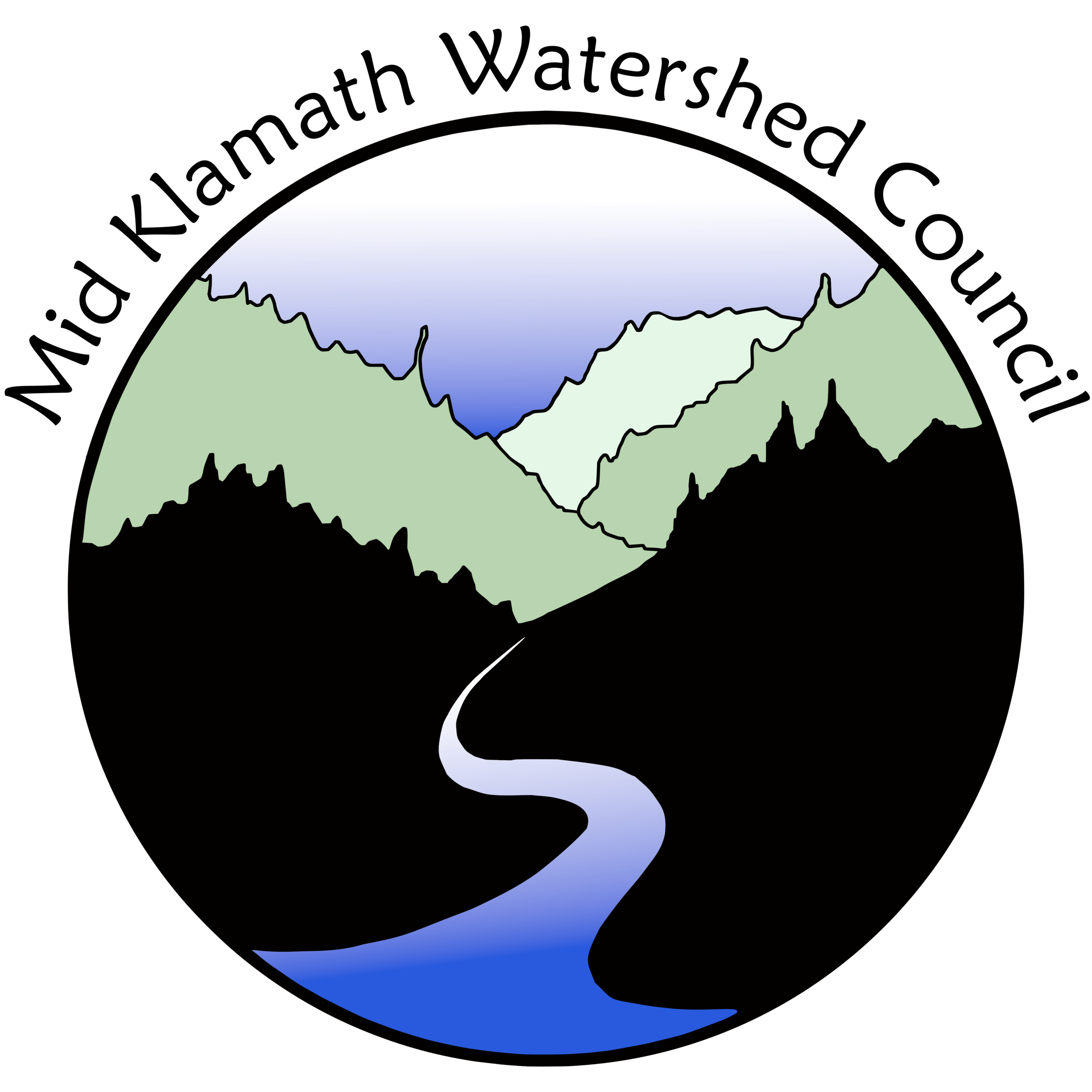Mid Klamath History
Ancestral Territory
The Karuk Tribe’s ancestral territory makes up roughly half the land base in the Mid Klamath subbasin. The subbasin also includes a small section of the Yurok and Hupa. The Shasta Tribal territory makes up the remainder of the subbasin upriver of Seiad Valley. The earliest dates of human habitation in the Mid Klamath region are not known, though some estimates suggest indigenous people inhabited the area as long as 10,000 years ago. Settlement patterns were focused along the river corridor. Principle nutritional staples were anadromous fish, upland game, plants and plant products. In general, the tribes of the Mid-Klamath managed natural resources through the use of prescribed fire and by limiting take of plant and animal species. Spiritual practices and ceremonies, such as the annual world renewal ceremonies and first salmon ceremonies, were at the root of tribal land management.
European settlement in the mid nineteenth century had devastating impacts on the tribes of the Mid Klamath. Efforts of Western settlers to gain control of tribal lands resulted in the rapid extirpation of the majority of indigenous people in the area. Tribal people quickly went from being primary land managers to having little management power in the subbasin. In spite of this change, the Karuk Tribe continues to have increased involvement in land management efforts, continues to practice spiritual ceremonies, and still relies on anadromous fish for subsistence.



